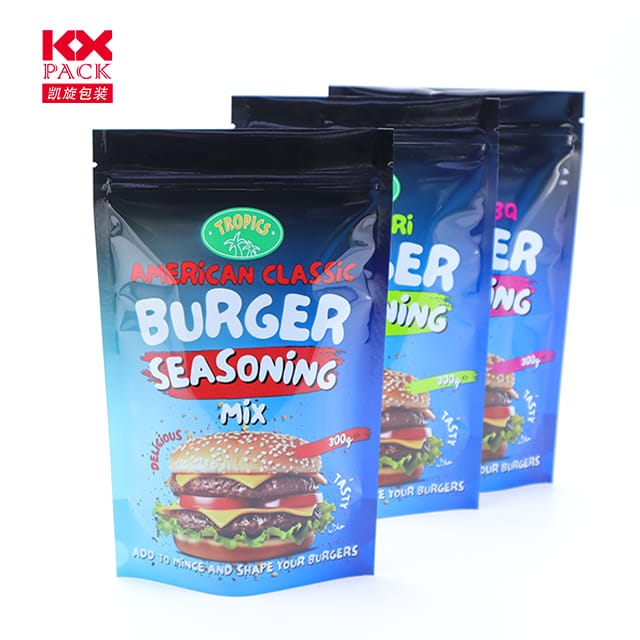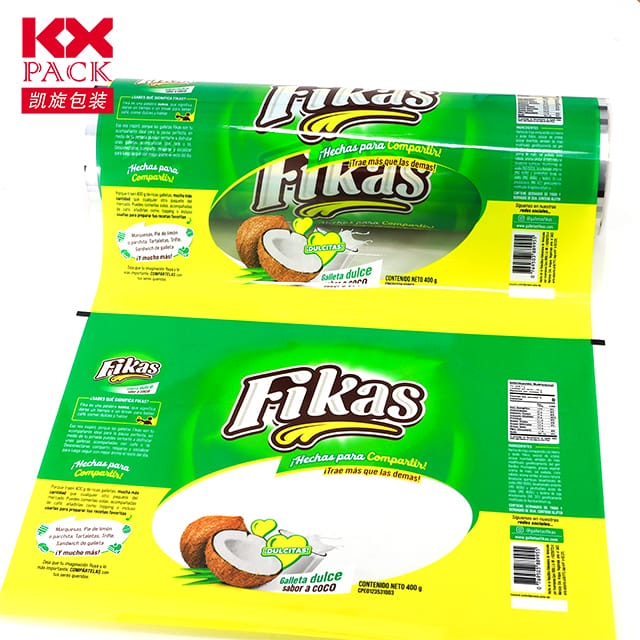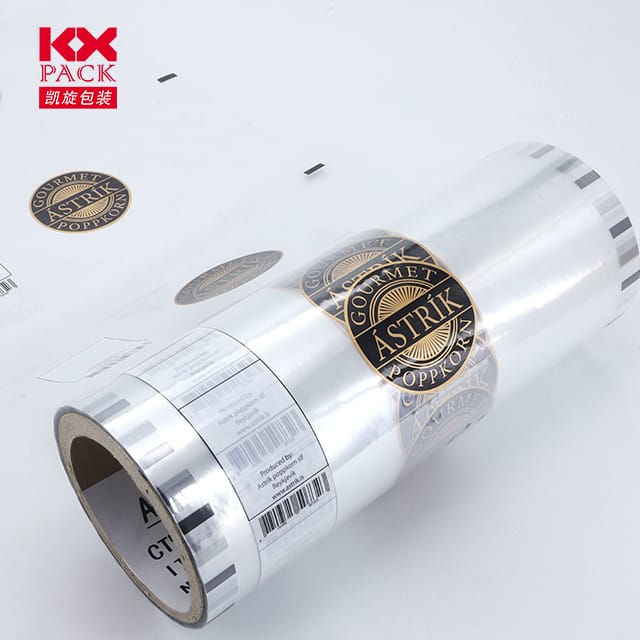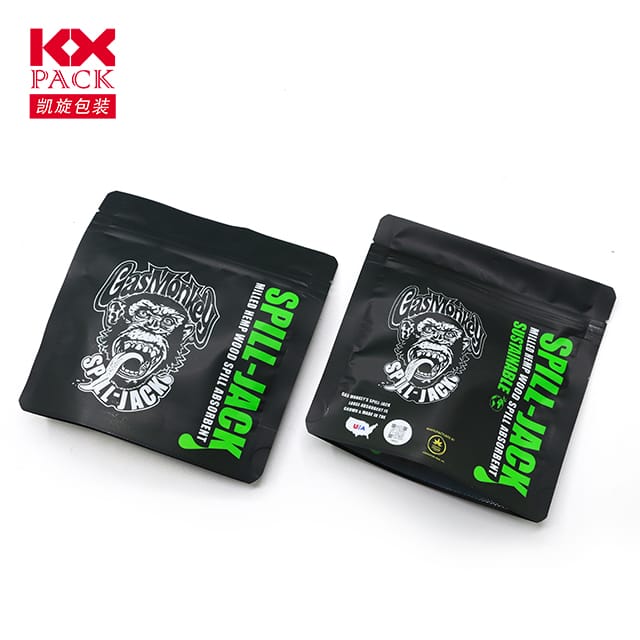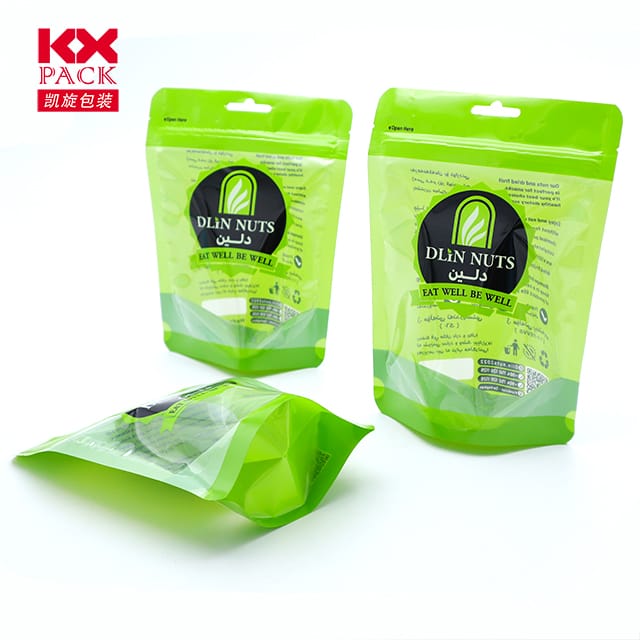Die Rolle und Zukunft des Plastikverpackungsfilms: Nutzen und Nachhaltigkeit ausbalancieren (2)
Plastikverpackungsfilm
Einführung
In a world where convenience and preservation are paramount, Verpackungsfolie aus Kunststoff has become an ubiquitous presence. Von frischen Produkten bis zur Elektronik, Dieses vielseitige Material schützt Waren, verlängert die Haltbarkeit, und Stromleitungen Lieferketten. Noch, Die Umweltauswirkungen haben globale Debatten ausgelöst. In diesem Artikel wird die vielfältige Rolle des Plastikverpackungsfilms untersucht, seine Anwendungen, Herausforderungen, and the path toward sustainability.
1. The Versatility of Plastic Packaging Film
Plastic films are engineered for diverse purposes, Dank ihrer Anpassungsfähigkeit:
- Types of Films:
- SPORT (Polyethylen): Flexibel, Leicht, and ideal for food packaging.
- PP (Polypropylen): Heat-resistant, used for microwave-safe containers.
- PVC (Polyvinylchlorid): Durable and shrink-wrap capable.
- HAUSTIER (Polyester): Strong and transparent, often used for beverages and electronics.
- Biologisch abbaubare Filme: Made from PLA, Pha, or starch-based materials.
- Anwendungen:
- Lebensmittelkonservierung: Seals freshness, prevents contamination.
- Medical Supplies: Sterile packaging for surgical tools.
- E-Commerce: Protective wraps for fragile items during shipping.
- Landwirtschaft: Mulch films to enhance crop growth.
2. The Double-Edged Sword: Benefits vs. Umweltprobleme
Pros:
- Kostengünstig: Affordable production and lightweight transportation.
- Barrier Protection: Blocks moisture, Sauerstoff, und UV -Licht.
- Vielseitigkeit: Anpassbar an verschiedene Formen, Größen, and products.
Cons:
- Pollution: Contributes to landfills and ocean plastic waste.
- Non-Biodegradability: Traditional plastics take centuries to decompose.
- Microplastics: Break down into tiny particles, entering ecosystems and food chains.
3. Innovations in Sustainable Packaging
The industry is responding to environmental pressures with cutting-edge solutions:
- Biodegradable Alternatives:
- PLA (Polylactic Acid): Derived from corn starch or sugarcane.
- Pha (Polyhydroxyalkanoates): Naturally produced by microbes.
- Seaweed-Based Films: Edible and compostable.
- Circular Economy Models:
- Chemisches Recycling: Breaking down plastics into raw materials.
- Recycling Technologies: Advanced sorting systems to improve recovery rates.
- Design Innovations:
- Monomaterial Films: Easier to recycle (Z.B., 100% SPORT).
- Minimalist Packaging: Reducing material use without compromising protection.
4. The Role of Stakeholders
Transitioning to sustainable practices requires collaboration:
- Brands: Invest in eco-friendly materials and transparent labeling.
- Consumers: Choose reusable options and support brands prioritizing sustainability.
- Governments: Enforce extended producer responsibility (EPR) laws and ban single-use plastics.
- Innovators: Develop scalable, cost-effective alternatives to conventional plastics.
5. Looking Ahead: A Future Without Waste
The journey toward sustainable plastic packaging is underway, but challenges remain. Key priorities include:
- Infrastructure Development: Expanding recycling facilities globally.
- Ausbildung: Raising awareness about proper disposal and reduction.
- Policy Advocacy: Incentivizing green technologies and penalizing pollution.
Abschluss
Plastic packaging film is a cornerstone of modern logistics, but its environmental toll demands urgent action. By embracing biodegradable materials, circular systems, and collaborative innovation, we can protect both products and the planet. The future of packaging lies not in eradication, but in responsible evolution—where utility and sustainability coexist.
💡Abschließender Gedanke: Every choice matters. The next time you unwrap a product, consider the story behind its packaging. Let’s strive for a world where plastic film is a tool for good, not a burden on Earth.

